What you get out of your MBA depends a lot on how well you have prepared yourself for the study. While brushing up on the basic concepts of business, talking to the alumni and researching the professors that you would be studying under would definitely help; you could also prep for B-school by reading a bunch of business books.
Here’s our set of recommended reads before you embark on an MBA programme.
- Rich Dad, Poor Dad – Robert Kiyosaki
 One of the bestselling books on finance, Rich Dad, Poor Dad, by Robert Kiyosaki is a must-read for anyone who dreams of building wealth and achieving financial freedom. The book recommends various means to secure financial independence: investing in real estate, starting up and owning businesses, etc. The book is based on Kiyosaki’s childhood upbringing and how the differences in the attitudes of two men (his “rich dad” and his “poor dad”) towards money, work and life, influenced his decisions in life.
One of the bestselling books on finance, Rich Dad, Poor Dad, by Robert Kiyosaki is a must-read for anyone who dreams of building wealth and achieving financial freedom. The book recommends various means to secure financial independence: investing in real estate, starting up and owning businesses, etc. The book is based on Kiyosaki’s childhood upbringing and how the differences in the attitudes of two men (his “rich dad” and his “poor dad”) towards money, work and life, influenced his decisions in life.
- Permission Marketing – Seth Godin
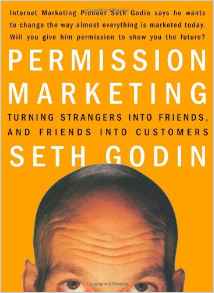 Traditional methods of marketing such as TV advertisements and online pop-up ads often involve attracting the customer’s attention away from whatever they are doing – watching television or viewing a website. Marketing guru Seth Godin reveals that the traditional ‘interruption marketing’ have become less effective in the modern world, where consumers are overloaded with information. For brands to attract their consumers, they must adopt ‘permission marketing’, which involves selling goods and services only when the consumer has given his/her consent in advance to receive the marketing information.
Traditional methods of marketing such as TV advertisements and online pop-up ads often involve attracting the customer’s attention away from whatever they are doing – watching television or viewing a website. Marketing guru Seth Godin reveals that the traditional ‘interruption marketing’ have become less effective in the modern world, where consumers are overloaded with information. For brands to attract their consumers, they must adopt ‘permission marketing’, which involves selling goods and services only when the consumer has given his/her consent in advance to receive the marketing information.
- Outliers – Malcolm Gladwell
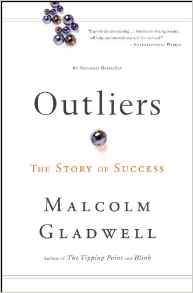 Not a typical business book, but Malcolm Gladwell’s Outliers is a must-read for anyone who wants to understand the dynamics of professional and business success. Pondering over – ‘what makes high-achievers different’, Gladwell sheds light on the fact that we pay too much attention to what successful people are like, and too little attention to where they are from – their culture, family, generation, and other factors that may have contributed to their success.
Not a typical business book, but Malcolm Gladwell’s Outliers is a must-read for anyone who wants to understand the dynamics of professional and business success. Pondering over – ‘what makes high-achievers different’, Gladwell sheds light on the fact that we pay too much attention to what successful people are like, and too little attention to where they are from – their culture, family, generation, and other factors that may have contributed to their success.
- Crossing the Chasm – Geoffrey Moore
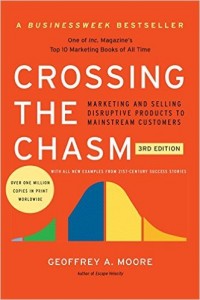 Crossing the Chasm: Marketing and Selling Disruptive Products to Mainstream Customersis a bible for marketing in high-tech industries. According to Moore, there is a gap that exists between the early adopters of high-tech products (the technology enthusiasts and visionaries) and the early majority (the pragmatists). The visionaries and pragmatists have different expectations, he adds, and this book aims to explore that set of differences and suggest techniques to successfully cross the chasm.
Crossing the Chasm: Marketing and Selling Disruptive Products to Mainstream Customersis a bible for marketing in high-tech industries. According to Moore, there is a gap that exists between the early adopters of high-tech products (the technology enthusiasts and visionaries) and the early majority (the pragmatists). The visionaries and pragmatists have different expectations, he adds, and this book aims to explore that set of differences and suggest techniques to successfully cross the chasm.
- Change by Design – Tim Brown
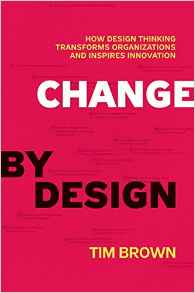 Design thinking is not just applicable to so-called creative industries or people who work in the design field. It′s a methodology that can be used by organisations to improve the quality of their service and rethink their business strategy, according to Tim Brown, the CEO of IDEO. In this book, Brown introduces a human−centric approach to problem solving that helps people and organisations get more innovative and creative.
Design thinking is not just applicable to so-called creative industries or people who work in the design field. It′s a methodology that can be used by organisations to improve the quality of their service and rethink their business strategy, according to Tim Brown, the CEO of IDEO. In this book, Brown introduces a human−centric approach to problem solving that helps people and organisations get more innovative and creative.
- The Art of the Start – Guy Kawasaki
 The Art of the Start by Guy Kawasaki is an essential guide for anyone starting anything, be it a home-based business, a multinational corporation or a community group. The book provides insights into the various aspects of starting up such as raising money from investors, hiring the right people in the team, defining the brand and building a community around it.
The Art of the Start by Guy Kawasaki is an essential guide for anyone starting anything, be it a home-based business, a multinational corporation or a community group. The book provides insights into the various aspects of starting up such as raising money from investors, hiring the right people in the team, defining the brand and building a community around it.
- Never Eat Alone – Keith Ferrazzi
 In this bestselling book on business networking, master networker Keith Ferrazzi provides insights into the role of relationships in the success of a business. Ferrazzi shares the specific steps and the inner mindset he uses to connect with the thousands of colleagues, friends, and associates on his contacts list, people he has helped and those who have helped him. In the new age of digital media and online connections, Ferrazzi’s advice is even more essential for those wanting to get ahead in business.
In this bestselling book on business networking, master networker Keith Ferrazzi provides insights into the role of relationships in the success of a business. Ferrazzi shares the specific steps and the inner mindset he uses to connect with the thousands of colleagues, friends, and associates on his contacts list, people he has helped and those who have helped him. In the new age of digital media and online connections, Ferrazzi’s advice is even more essential for those wanting to get ahead in business.
- The Goal – Eliyahu M. Goldratt
 A gripping business novel by business consultant Eliyahu M. Goldratt, The Goal: A Process of Ongoing Improvement is about the Theory of Constraints, and overcoming the barriers to making money. The book features key insights on identifying and solving the problems created by constraints.
A gripping business novel by business consultant Eliyahu M. Goldratt, The Goal: A Process of Ongoing Improvement is about the Theory of Constraints, and overcoming the barriers to making money. The book features key insights on identifying and solving the problems created by constraints.
- Getting to Yes – Roger Fisher and William L. Ury
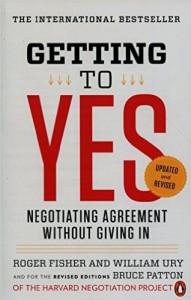 One of the best books on negotiation, Getting to Yes is based on the work of the Harvard Negotiation Project, a group that deals with all levels of negotiation and conflict resolution. The book offers proven, step-by-step techniques to arrive at mutually acceptable agreements in every kind of conflict.
One of the best books on negotiation, Getting to Yes is based on the work of the Harvard Negotiation Project, a group that deals with all levels of negotiation and conflict resolution. The book offers proven, step-by-step techniques to arrive at mutually acceptable agreements in every kind of conflict.
- Warren Buffet’s Management Secrets – Mary Buffet
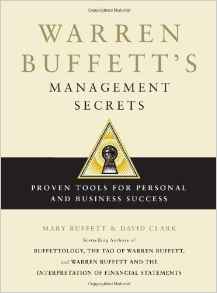 Written by Mary Buffet, after having gained insights into Warren Buffett’s philosophies for management, while being married to his son Peter for twelve years, Warren Buffet’s Management Secrets looks closely into Warren Buffett’s life and career, shedding light on his decision-making processes, leadership qualities and strategies that made him the most successful investor of the 20th century.
Written by Mary Buffet, after having gained insights into Warren Buffett’s philosophies for management, while being married to his son Peter for twelve years, Warren Buffet’s Management Secrets looks closely into Warren Buffett’s life and career, shedding light on his decision-making processes, leadership qualities and strategies that made him the most successful investor of the 20th century.
What are your favourite business books? Don’t forget to share your recommendations in the comments below.

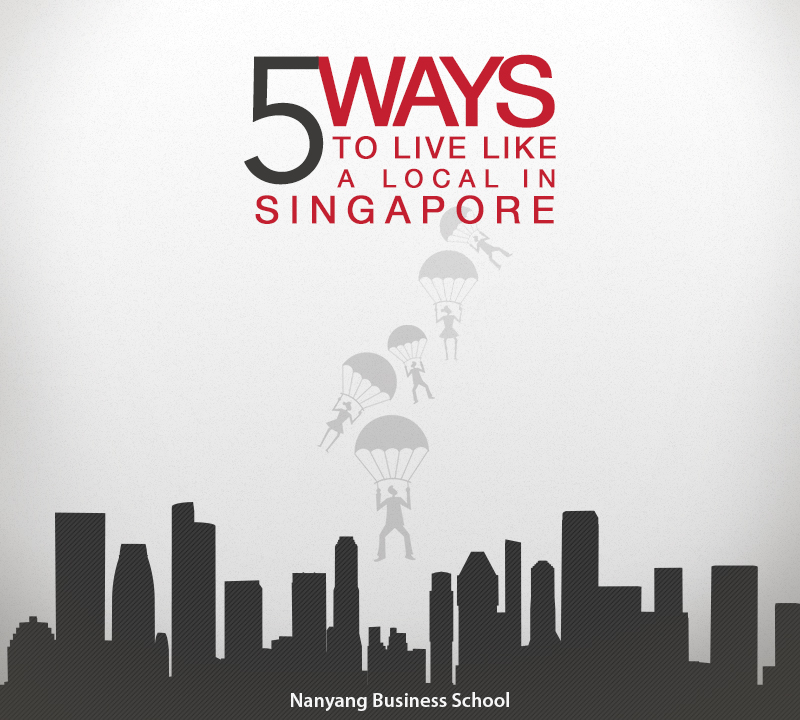

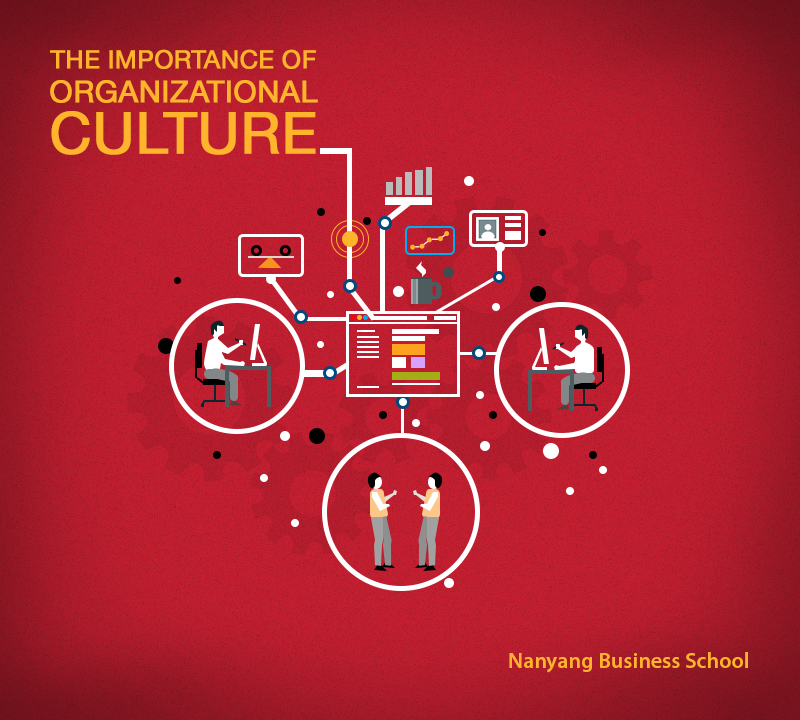
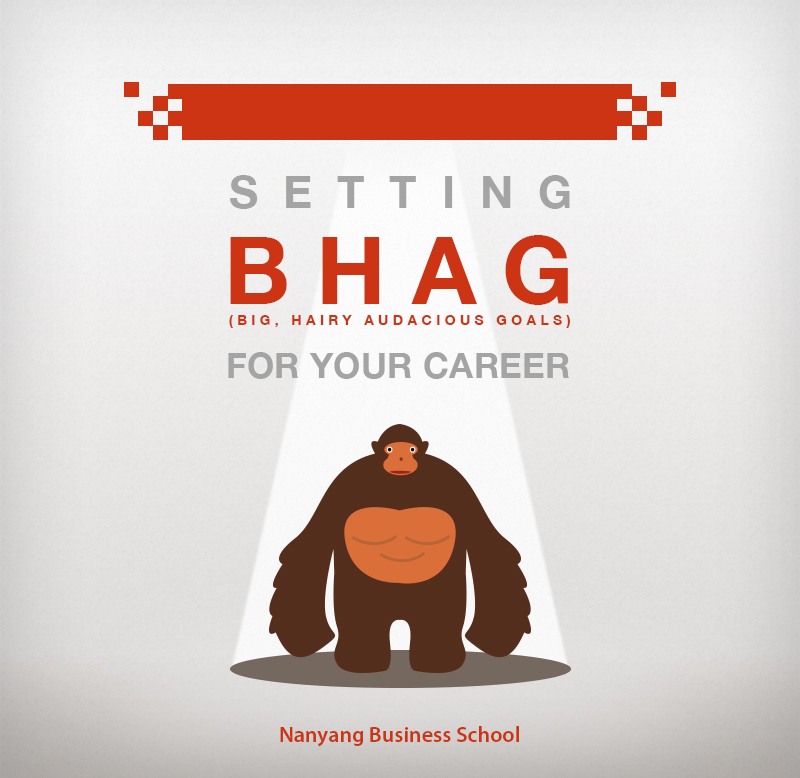

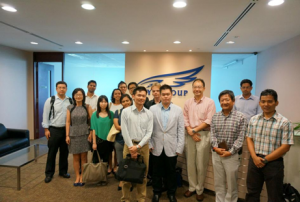
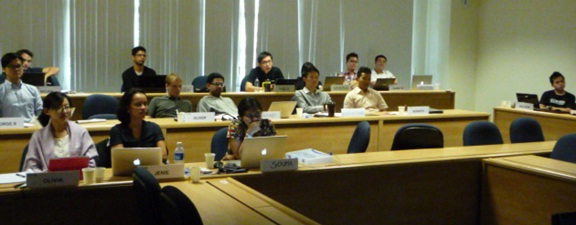
You must be logged in to post a comment.